By Phyllis Cook, Retired Elementary Teacher
As we infuse more of the standards into our daily lesson plans, classroom teachers may be getting mixed messages in the media about what really is best practice. Decades of research have clearly laid the groundwork for some common sense practices such as:
- Identify what the child knows and move forward.
- Acknowledge that student choice is important and often times critical in determining topic and text.
- Celebrate that each reader brings his/her background to an understanding of the text.
- Recognize that reading is a meaning making activity.
So are our long held beliefs as educators being challenged by Common Core? Some would have you think so. The reality is that Common Core implementation is a process. The new Common Core State Standards are asking all educators to think about their work through new lenses while standing on the bedrock of best practices. “Oh great,” we’re thinking! “What does that mean?”
Let’s Work Together to Find the Answers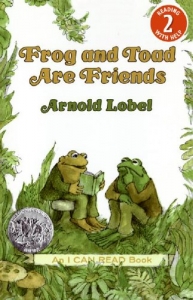
It is more important than ever for teachers in all grades and subjects to collaborate with and support each of the content area teachers and our shared students. The standards lay out a framework of instructional targets in ELA and Math. However, the authors were clear in conveying the message that all content area teachers should assume part of the responsibility for instruction that supports the standards in these two areas. Again, we find ourselves asking, “What does that really mean?” Well for one thing, informational text becomes more visible. Part of the implementation process in many schools is that quest for informational text that complements topics in literature. A few good picks are Frog And Toad Are Friends, Frogs, and Red-Eyed Tree Frog.
Upping the Ante on Text Complexity
At the elementary level, where most classrooms already have reading/writing workshop structures in place, the transition to Common Core should be relatively seamless with a few modifications. After mini-lessons, when students move into small groups or independent reading, teachers will need to consider how to support our young readers as they move from the comfort of their instructional level to something slightly more rigorous. New concepts should continue to be taught at a reading level that allows students to practice new skills successfully, just as we have done previously. The difference now is that through shared readings and annotations, teacher read alouds and close readings, students will begin to recognize how they can use their newly acquired skills with text that is more complex. The authors of the Common Core document feel strongly that we are doing our below-level readers a disservice if we never expose them to grade level text or ask them to use their acquired skills with text that is beyond their independent level. Our lessons will make all the difference! Need some inspiration? Check out Teacher Tube for a wealth of instructional videos, helpful documents, audio and photos. Annenburg Classroom is another great resource if you ever need to brainstorm ideas for social studies lessons (be sure to check out the PDF Lesson Plans and Critical Thinking Lesson Plans).
Impact on Your Classroom Library
How will all of this look in our classrooms? Student choice is critical. Take a look at text sets. Each should include below-, at- and above-level books already collected. The sets should also include 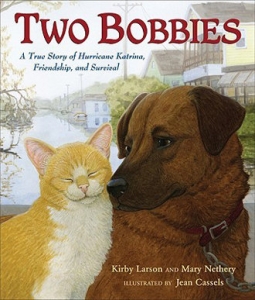
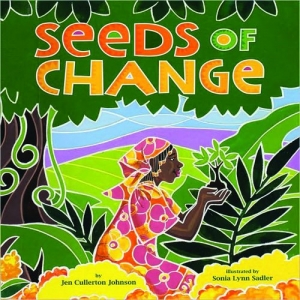 informational text and perhaps a few additional books at the high end of the grade level band or into the next. If the focus is friendship, some possibilities might include Owen And Mzee: The True Story Of A Remarkable Friendship, City Dog, Country Frog, Poppleton In Winter and Two Bobbies: A Story Of Hurricane Katrina, Friendship, And Survival. Consider including some diversity in the friendship materials. Suggest that students use a broader focus that casts a wider friendship net with text such as: Seeds Of Change: Planting A Path To Peace or Lightship.
informational text and perhaps a few additional books at the high end of the grade level band or into the next. If the focus is friendship, some possibilities might include Owen And Mzee: The True Story Of A Remarkable Friendship, City Dog, Country Frog, Poppleton In Winter and Two Bobbies: A Story Of Hurricane Katrina, Friendship, And Survival. Consider including some diversity in the friendship materials. Suggest that students use a broader focus that casts a wider friendship net with text such as: Seeds Of Change: Planting A Path To Peace or Lightship.
ELA Common Core Standard 1 in both literature and informational text stresses the need to begin comprehension at the literal level of understanding, especially as text complexity increases. In her book Pathways To The Common Core, Lucy Calkins uses the metaphor of a ladder to explain how standard 1 and standard 10 form the supporting structures of the Reading Standards. Standard 10 addresses text complexity. Reading Workshop continues to be a solid structure for both students and teachers to read and discuss their books, look at specific skills and strategies that each reader uses to build understanding, and provide the scaffolding opportunity for support in small groups that allows students to use their knowledge about how text works to tackle the next levels of complexity.
Common Core Take-Away Message
Really the message should be clear! Teachers continue to teach and children continue to learn with practices that are solid and successful. The structure of Reading Workshop is one of them.
Written by Phyllis Cook, a retired elementary classroom teacher and ELA curriculum coordinator. She is also a DESE certified trainer of Missouri Literacy Standards (CCSS).





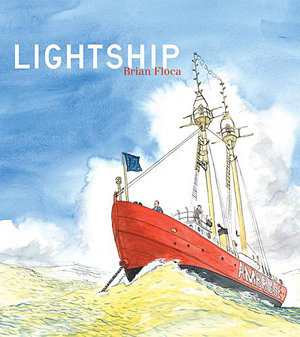

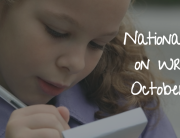
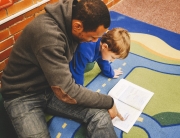

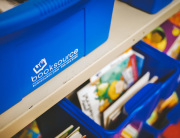
Leave A Comment